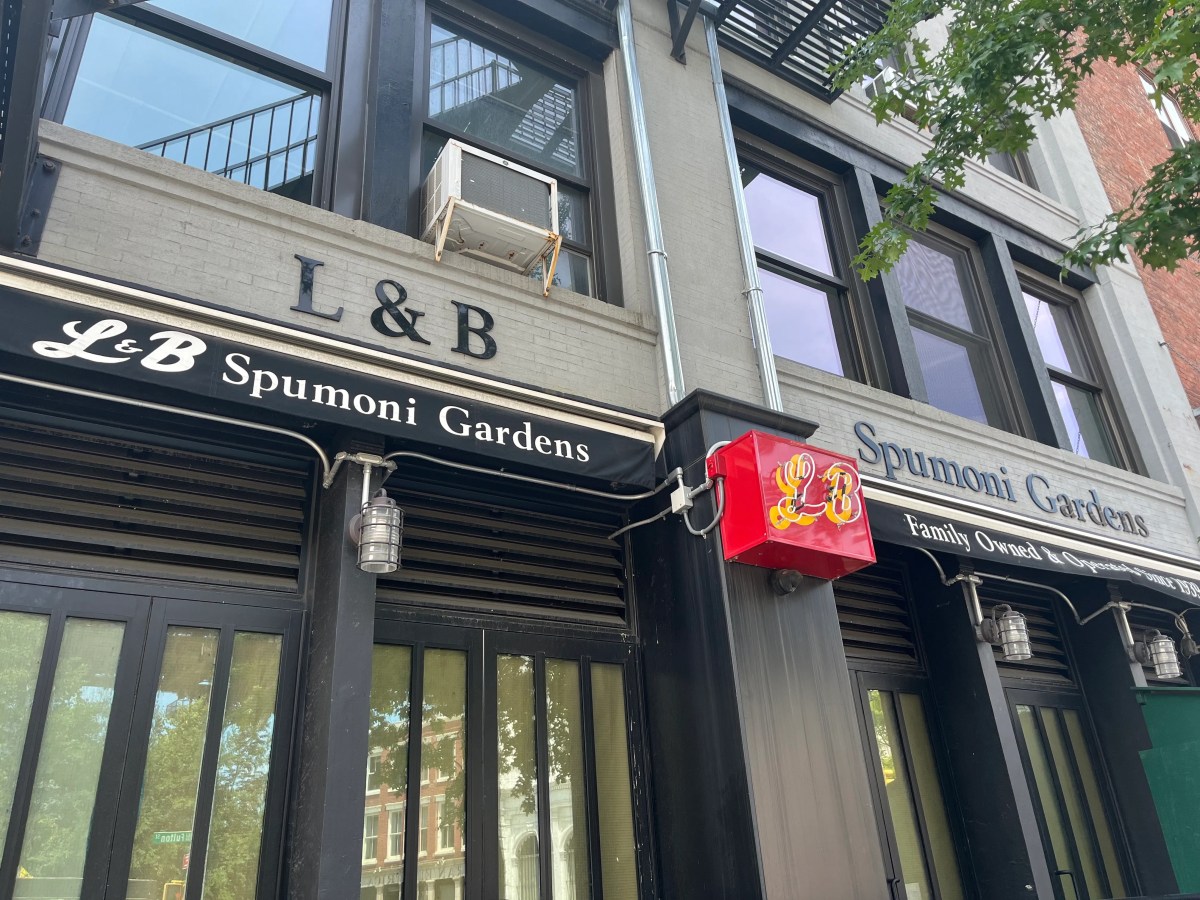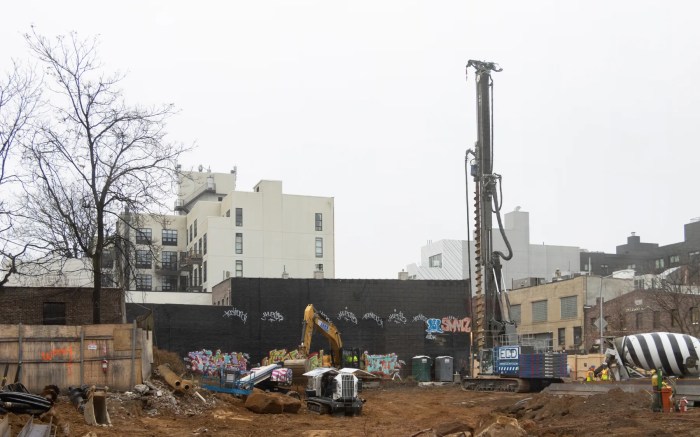Lower Manhattan residents, workers and students have certainly felt the loss of St. Vincent’s Hospital since its closure in spring 2010, leaving the lower west side of Manhattan with a huge hole in its capacity to serve its population.
Gouverneur Healthcare Services, the largest municipal freestanding health care clinic in the city, is helping to fill the gap in care with an improved and spruced-up ambulatory care center. Its building at 227 Madison St. on the Lower East Side is being transformed into a sprawling, state-of-the-art facility, where physicians will be able to perform surgeries, colonoscopies and CAT scans. The health care center, which celebrated the opening of the first renovated floor on Mon., Sept. 19, is also in the process of expanding its nursing department by 40 percent.
New York Downtown Hospital has made its own new contribution to area health care by opening a 10,000-square-foot wellness and prevention center on Gold Street last May. The new facility has state-of-the-art medical equipment including echocardiography and mammography machines and boasts the capacity of treating up to 2,500 patients per year.
While some Lower Manhattan residents and workers object to the free-standing emergency room scheduled to open at the site of St. Vincent’s in fall of 2013, pending approvals, we believe it is a critical step in the right direction in terms of offering acute medical care to the growing population of Lower Manhattan. The facility, to be built and run by North Shore-Long Island Jewish Health Care System, is poised to become the first free-standing emergency department in the city. It will house a 19,000 square-foot round-the-clock emergency department — larger than the one previously at St. Vincent’s — and when it opens it is projected to receive 30-35,000 visits per year.
We acknowledge, however, that these facilities can’t completely fill the gap of a full-service hospital that Lower Manhattan residents so desperately want and need. But the recent opening up of the facilities at Gouverneur and New York Downtown Hospital, and the projected opening of the Comprehensive Care Center in the old St. Vincent’s O’Toole building, not to mention the availability of a full-service acute care hospital and E.R at Beth Israel, go a long way towards meeting the health care needs and the growing population of Lower Manhattan.
Tradition at San Gennaro
Last February a movement to shorten the 85-year-old Feast of San Gennaro, both in terms of geography and in term of hours of operation, became a flashpoint of debate. The opponents of the street festival, which began as a one-day, religious-based event centered on Mulberry St. between Grand and Hester Sts. and has turned into an 11-day-festival stretching from Houston St. to Canal St., voiced their concern that the event had become a hindrance to the neighborhood.
The Feast draws over one million spectators a year and is one of the most well-known street fairs in the entire country. In the end both sides agreed to shorten the hours of the Feast on weekdays by one hour and on weekends by 30 minutes.
By our own observance of the Feast on its opening weekend, the crowd appeared to be just as jubilant, just as large and just as hungry as any year prior.
True, there might be more tourists than locals and Little Italy is not as big as it once was. But for its passionate supporters, San Gennaro is more than a feast or a street fair, it is a tradition.






































